Table of Contents
What Is Mole?
In the culinary world, 'mole' (pronounced 'moh-lay') refers to a traditional Mexican sauce made from a blend of chilies, spices, nuts, fruits, and sometimes chocolate. It has nothing to do with the animal mole or scientific terms. Mole is a staple in Mexican cuisine, with origins dating back to pre-Hispanic times. This guide explains everything you need to know about mole sauce, including its history, types, ingredients, and how to use it in your cooking.
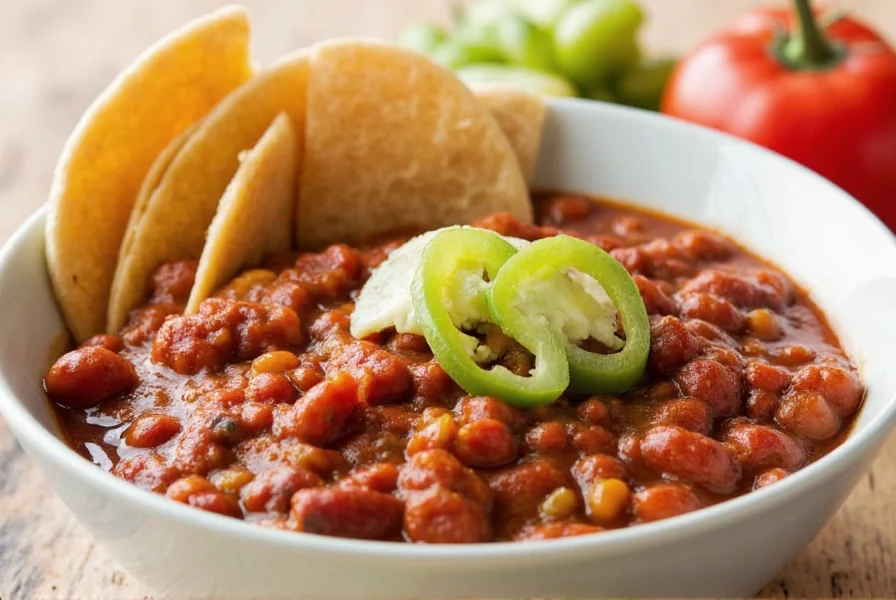
Mole is not a single recipe but a family of sauces, each with unique flavors and ingredients. Some are spicy, others are sweet, and many strike a perfect balance between both. Whether you're a home cook or a food enthusiast, understanding what mole is in food opens up a world of rich Mexican flavors.
Types of Mole
There are several popular varieties of mole, each hailing from different regions of Mexico. Here are the most authentic types:
- Mole Poblano: Originating from Puebla, this dark sauce features chili peppers, chocolate, cinnamon, and cloves. It's the most famous variety worldwide.
- Mole Verde: A vibrant green sauce made with tomatillos, fresh herbs, and avocado. It's lighter and more refreshing than other types.
- Mole Negro: A complex Oaxacan specialty with multiple chilies, chocolate, and spices. Often served during celebrations.
- Mole Amarillo: A yellow mole using mild chilies, garlic, and pumpkin seeds for a nutty, balanced flavor.
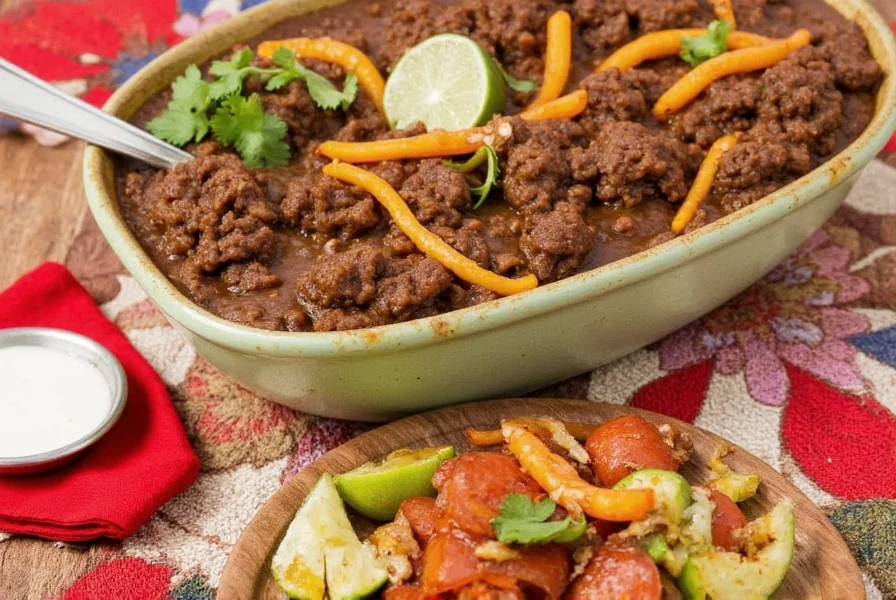
Mole in the Culinary Context
In Mexican cuisine, mole represents cultural heritage and culinary artistry. Traditional mole preparation takes hours, requiring precise ingredient balancing and slow cooking. Chefs treat it as a craft, with family recipes passed down through generations.
Mole enhances dishes through its multi-layered flavor profile. It's commonly used as a sauce for proteins like chicken or pork, but also works as a dip for tortillas, a marinade, or even a glaze for roasted vegetables.
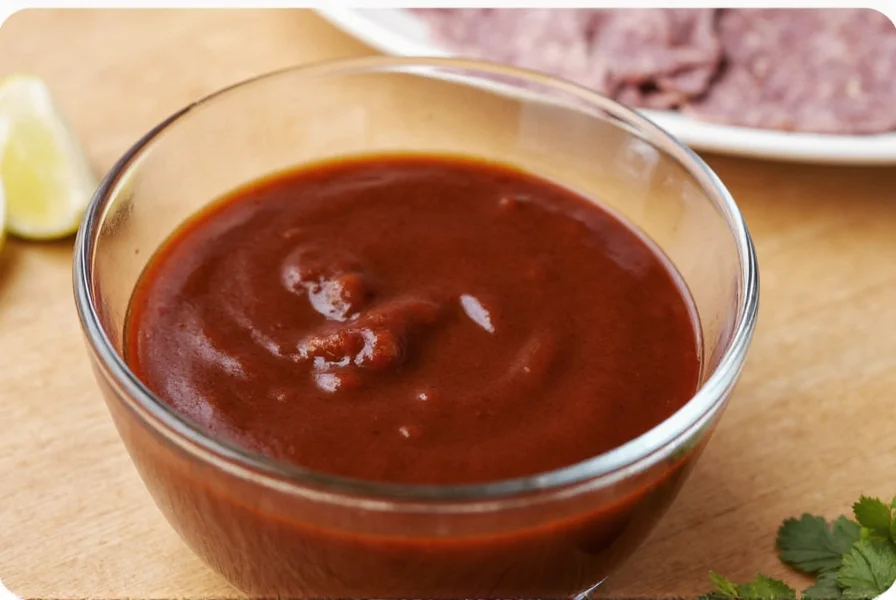
Practical Tips for Working with Mole
For beginners, here are essential mole preparation tips:
- Start with store-bought mole paste: Available in international sections of grocery stores, this is perfect for first-time users seeking authentic flavor without lengthy preparation.
- Balance flavors carefully: Taste during cooking and adjust spice, sweetness, and salt levels gradually. Mole should have harmonious complexity, not overpowering single notes.
- Use creatively: Beyond traditional dishes, try mole as a pasta sauce, pizza topping, or even in chocolate desserts for unique flavor combinations.
- Store properly: Refrigerate in airtight containers for up to 7 days. Freeze in portion-sized containers for up to 3 months for best quality retention.
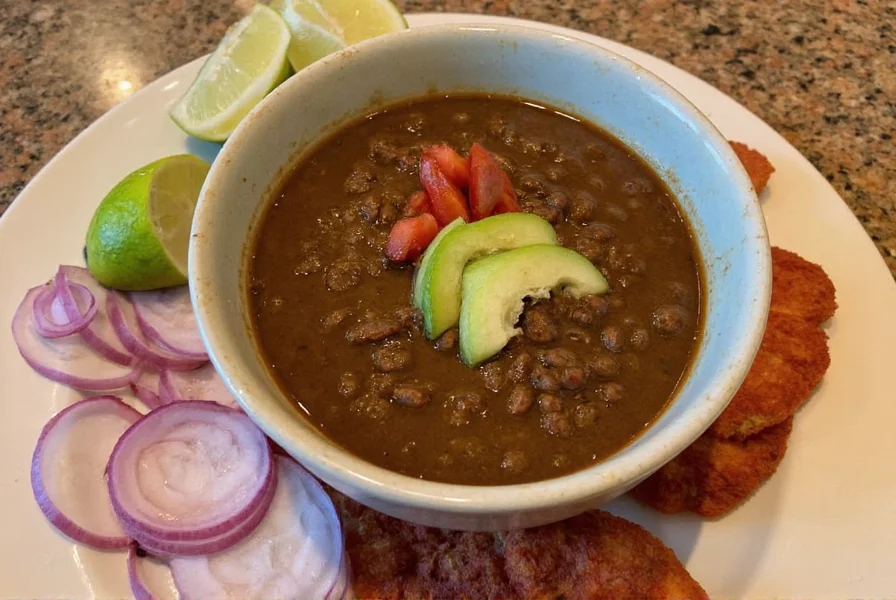
Buying Guide for Mole Ingredients
| Ingredient | Features | Advantages | Use Cases | Target Audience | Suitable Occasions |
|---|---|---|---|---|---|
| Chili Peppers | Ancho, mulato, pasilla varieties | Provide heat and foundational flavor | Base for all mole sauces | Cooking enthusiasts, home chefs | Weekend cooking, holiday meals |
| Chocolate | Dark or semisweet (70% cacao minimum) | Adds richness and balances spice | Essential for Mole Poblano and Negro | Cooking enthusiasts, dessert lovers | Dinner parties, special occasions |
| Nuts | Almonds, sesame seeds, peanuts | Contribute texture and nutty depth | Enhance mouthfeel and body | Cooking enthusiasts, health-conscious eaters | Snack time, casual gatherings |
| Fruits | Raisins, prunes, dried figs | Offer natural sweetness and complexity | Complement spice and chocolate notes | Cooking enthusiasts, adventurous eaters | Family dinners, cultural events |
| Spices | Cinnamon, cloves, cumin, paprika | Boost aroma and layered flavor | Build complexity in traditional recipes | Cooking enthusiasts, spice lovers | Weekend cooking, dinner parties |
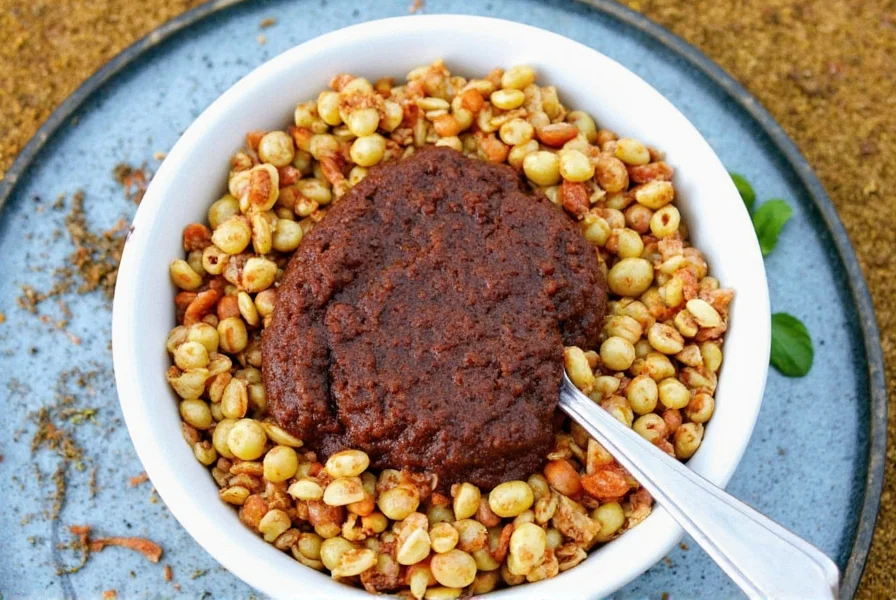
Frequently Asked Questions About Mole
What exactly is mole in food?
Mole (pronounced "moh-lay") is a traditional Mexican sauce made from chilies, spices, nuts, seeds, and sometimes chocolate. It has no relation to the animal mole or scientific terms. The word originates from the Nahuatl "molli," meaning "sauce."
Is mole sauce authentically Mexican?
Yes, mole is a traditional Mexican sauce with origins dating back to pre-Hispanic times. Different regions of Mexico have developed unique variations, each with distinct ingredients and preparation methods.
Does all mole contain chocolate?
No, only specific varieties like Mole Poblano and Mole Negro include chocolate. Mole Verde, Mole Amarillo, and many regional variations do not contain chocolate at all.
What does mole taste like?
Mole offers complex flavors that can include spicy, sweet, savory, and bitter notes. Mole Poblano features rich chili depth with subtle chocolate sweetness and warm spices like cinnamon. Flavor profiles vary significantly by regional recipe.
How do you pronounce "mole"?
In culinary contexts, "mole" is pronounced "moh-lay" (rhymes with "olay"). This distinguishes it from the animal mole (pronounced "mole" like "coal").
What's the difference between mole and guacamole?
Mole is a complex sauce made from multiple ingredients including chilies, spices, and sometimes chocolate. Guacamole is a simple avocado-based dip made from mashed avocados, lime, and seasonings. "Guacamole" comes from Nahuatl "ahuacamolli" (avocado sauce).
How long does homemade mole last?
Stored in an airtight container, homemade mole lasts 4-5 days refrigerated. For longer storage, freeze in portions for up to 3 months. Many find that mole's flavor improves after 24 hours as ingredients meld together.
Can mole be made vegetarian or vegan?
Yes, traditional mole can be vegetarian by using vegetable broth. For vegan versions, ensure chocolate is dairy-free and substitute animal broths with vegetable alternatives. Most mole recipes are naturally vegetarian or easily adaptable.
Conclusion
Mole represents the rich culinary heritage of Mexico. This traditional sauce showcases the art of balancing complex flavors through time-honored techniques. Whether you're exploring authentic Mexican cuisine or experimenting with new flavors, mole offers endless possibilities for delicious creations.
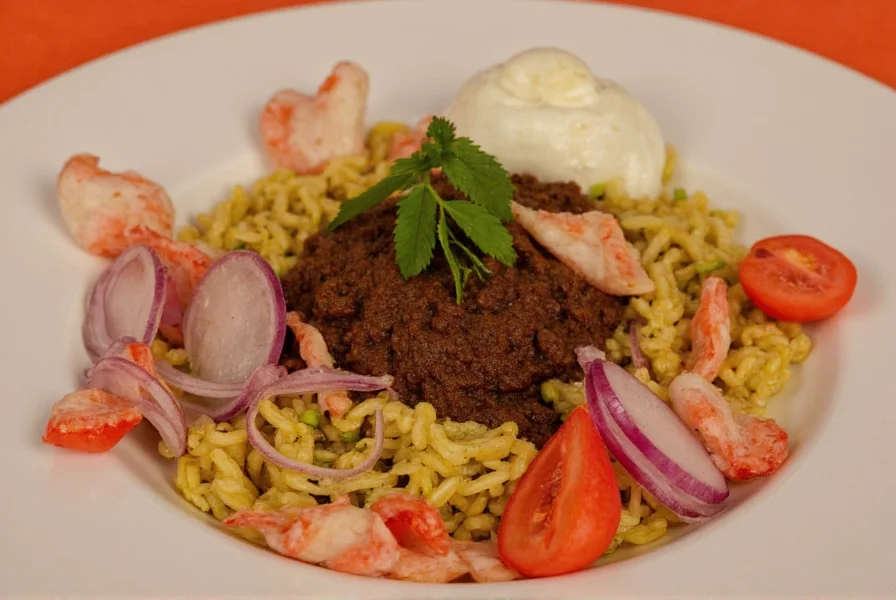
Embrace the journey of discovering mole - it's not just about taste, but about connecting with culture and celebrating the joy of cooking.

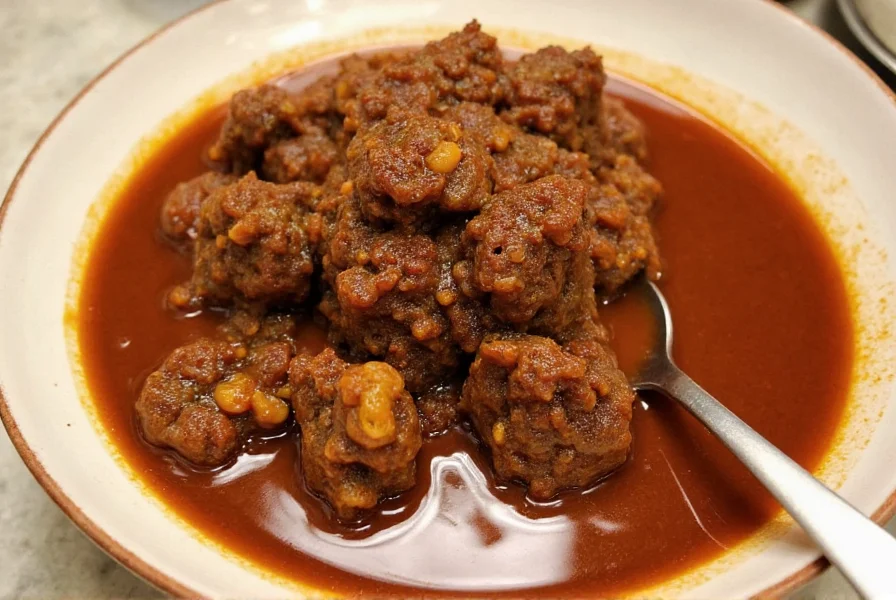









 浙公网安备
33010002000092号
浙公网安备
33010002000092号 浙B2-20120091-4
浙B2-20120091-4